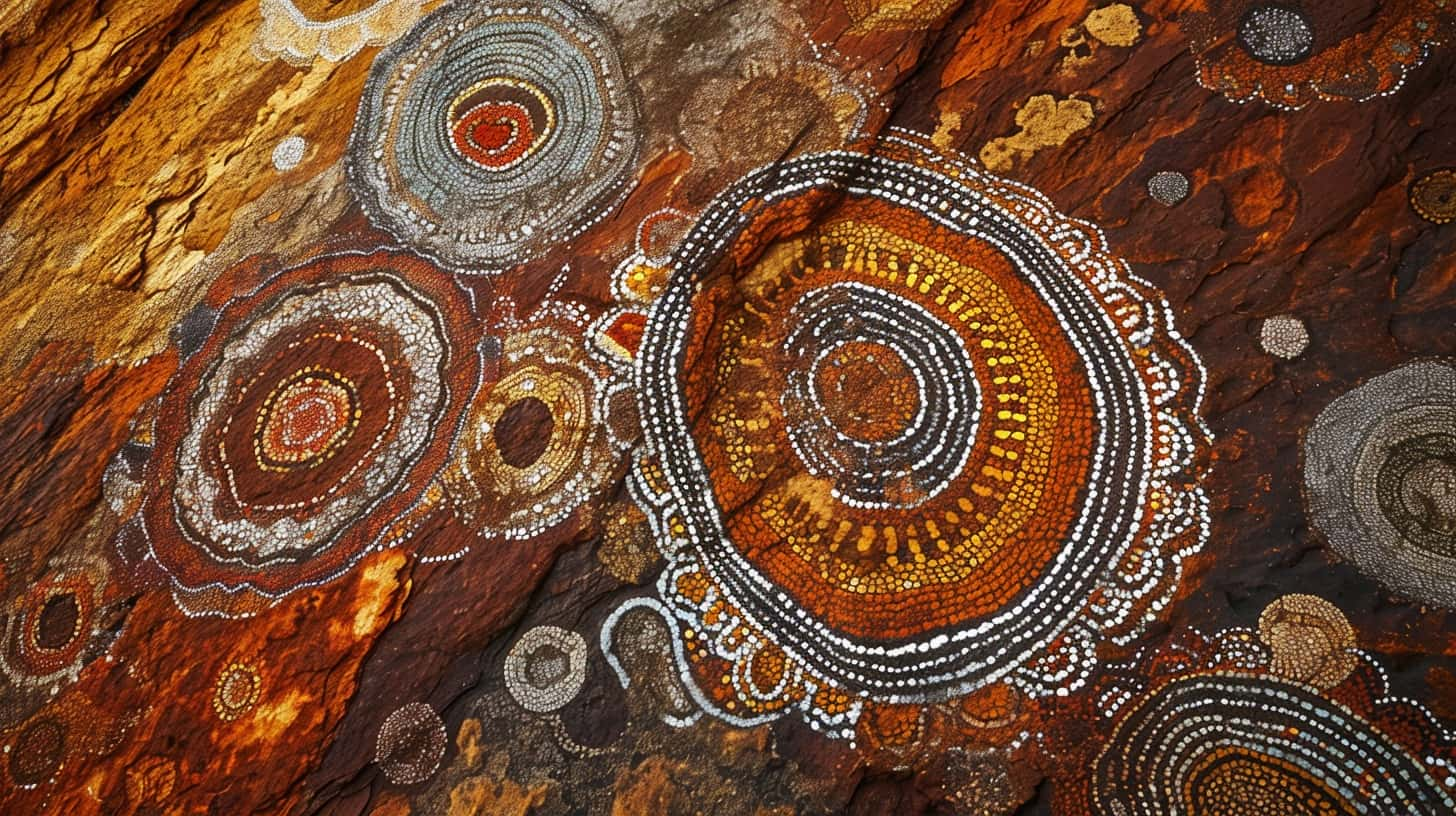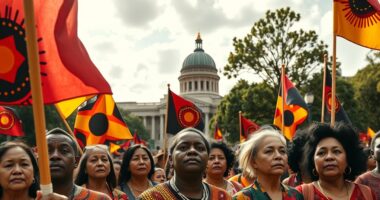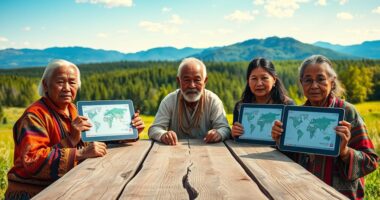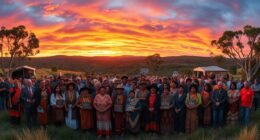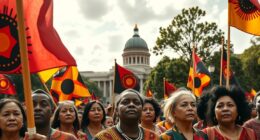English is without a doubt a dominant language on a global scale. Its influence extends to many areas, such as business and technology, solidifying its importance as a key tool for international communication. In today’s interconnected world, our proficiency in English is a crucial advantage, opening up opportunities and fostering connections across the globe. Whether in professional or personal environments, effective English communication acts as a bridge, improving understanding among diverse cultures and communities.
We explore how mastering this language not only enriches our professional lives but also enhances our overall experiences—be it accessing a wider array of books and websites or feeling at ease when interacting with individuals from different parts of the world. Join us as we uncover the myriad ways where native speakers hold a distinct advantage in leveraging the power of English on a global scale.
Defining a Native English Speaker
What Defines a Native Speaker
A native speaker is someone who has learned English as their first language from birth. This means that they grew up speaking, listening to, and interacting with the language on a daily basis. As a result, native speakers have an innate understanding of English that comes from years of exposure and practice. For us, being a native speaker means having an automatic fluency in the language without needing to consciously think about grammar rules or vocabulary.
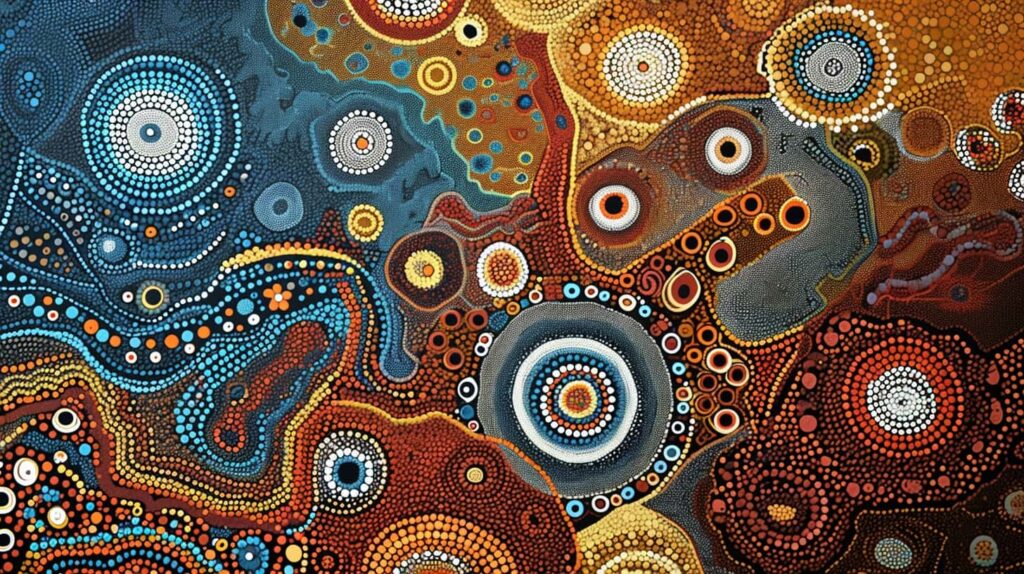
Being exposed to English at such an early age gives native speakers certain advantages. Since we’ve been surrounded by the language since childhood, we naturally pick up on nuances in speech patterns, idioms, and colloquialisms that might be challenging for non-native speakers to grasp.
The Natural Fluency Advantage
Our natural fluency in English allows us to express ourselves clearly and confidently without struggling to find the right words or construct grammatically correct sentences. We don’t have to pause mid-conversation to search for vocabulary or translate our thoughts from another language into English; it simply flows effortlessly for us.
Moreover, this deep-rooted familiarity with the language enables us not only to understand spoken and written English but also appreciate its cultural context. For example, when watching movies or reading literature in English, we can easily comprehend subtle humor or social references embedded within the content because these are aspects of our linguistic heritage.
English as a Global Lingua Franca
Facilitating Communication
English, as a lingua franca, plays a crucial role in enabling effective communication among individuals from diverse linguistic backgrounds. It serves as a common ground for people to exchange ideas, conduct business, and engage in academic pursuits. For instance, when we traveled to Japan last summer, we noticed that many locals were able to converse with us in English, allowing us to navigate the country comfortably despite not being fluent in Japanese.
English’s widespread use as a lingua franca has significantly contributed to international trade and diplomacy. It has facilitated seamless interactions between different countries by bridging language barriers. This fosters economic growth and strengthens diplomatic relations between nations. Moreover, it creates opportunities for cultural exchange and mutual understanding among communities worldwide.
Promoting Cultural Exchange
The utilization of English as a lingua franca has fostered an environment where people can share their unique cultural perspectives with others from around the globe. When we attended an international science conference last year, participants from various countries communicated primarily in English. This allowed them to discuss groundbreaking research findings and share scientific knowledge without struggling with language barriers.
Moreover, the prevalence of English as a lingua franca has led to the emergence of multicultural communities where individuals celebrate diversity while using English as their primary means of communication. In cosmopolitan cities like New York or London, people from different linguistic backgrounds coexist harmoniously while utilizing English to connect with one another on a daily basis.
Native English Speaking Countries Overview
Diverse Dialects
We can’t ignore the fact that each of these nations has its own unique dialects. In the United States, for example, you might hear people say “elevator,” while in the United Kingdom, they call it a “lift.” These small differences are what make each country’s version of English special.
The variations in language within these countries add an exciting layer to our adventures. For instance, when traveling through Australia, we might come across phrases like “G’day mate” or “barbie” for barbecue. It’s like discovering a whole new world within a familiar language! Embracing these linguistic nuances allows us to connect more deeply with the local culture and people.
Rich Cultural Heritage
Exploring native English-speaking nations means immersing ourselves not only in diverse dialects but also in rich cultural heritage. In Ireland, for instance, we can experience traditional Irish music sessions or visit ancient castles steeped in history. Similarly, Canada offers stunning natural landscapes alongside vibrant indigenous cultures.
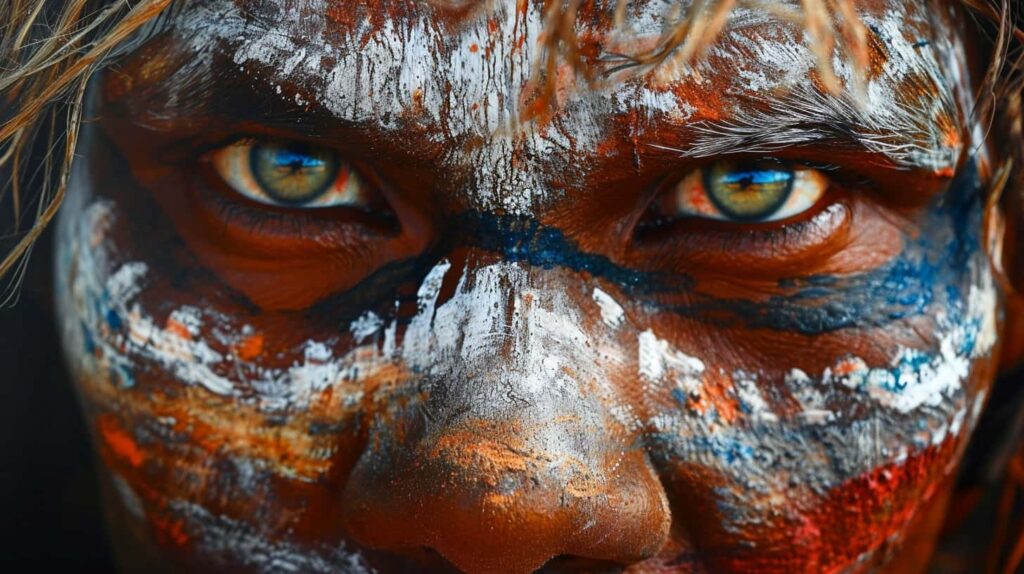
History and Spread of English Across Continents
Centuries of Evolution
The history of the English language spans centuries, dating back to the Anglo-Saxon period in England. It has evolved through various influences, including Germanic tribes and Latin. Over time, it transformed into what we recognize as modern English today. This evolution reflects the dynamic nature of languages, shaped by cultural interactions and historical events.
English’s journey from a regional dialect to a global language is intertwined with colonization and globalization. As European powers expanded their empires across continents like North America, Africa, Asia, and Oceania, they brought the English language with them. The process was gradual but eventually led to widespread adoption and integration into local cultures.
Colonialism’s Impact
Colonialism played a pivotal role in spreading the English language worldwide. During the era of colonial expansion, British influence extended far beyond its shores. Colonized regions adopted English as an administrative and educational tool due to British rule. This laid the foundation for future generations to grow up speaking English as part of their childhood environment.
In North America, for example, early settlers from England established colonies where they preserved their native tongue while also adopting elements from indigenous languages. Similarly, in countries like India and South Africa that were under British rule for prolonged periods, generations grew up speaking both their native languages alongside English due to its official status.
The Significance of Learning English Today
Importance of English Proficiency
Learning English today is crucial for education and career growth. It allows us to communicate with people from different countries, access a wealth of information, and pursue various opportunities.
English proficiency significantly enhances our employability in multinational companies. Many international organizations require employees to be fluent in English, as it serves as the common language for communication among diverse teams.
Moreover, knowing English facilitates international travel. We can confidently navigate through foreign countries where native speakers predominantly speak English. This opens up exciting possibilities for us to explore new cultures and build connections worldwide.
Access to Information and Resources
In today’s digital age, the dominance of the internet makes English proficiency even more essential. Most online content such as articles, videos, tutorials, and research papers are available in English. By understanding this global language, we gain access to a vast amount of information that would otherwise be inaccessible.
Furthermore, learning English grants us access to a wide range of resources such as educational materials and professional development opportunities. For instance, renowned universities offer many courses in English which we can enroll in regardless of our geographical location.
- Learning English enhances employability.
- It facilitates international travel.
- Provides access to a wealth of information on the internet.
- Grants access to educational materials and professional development opportunities.
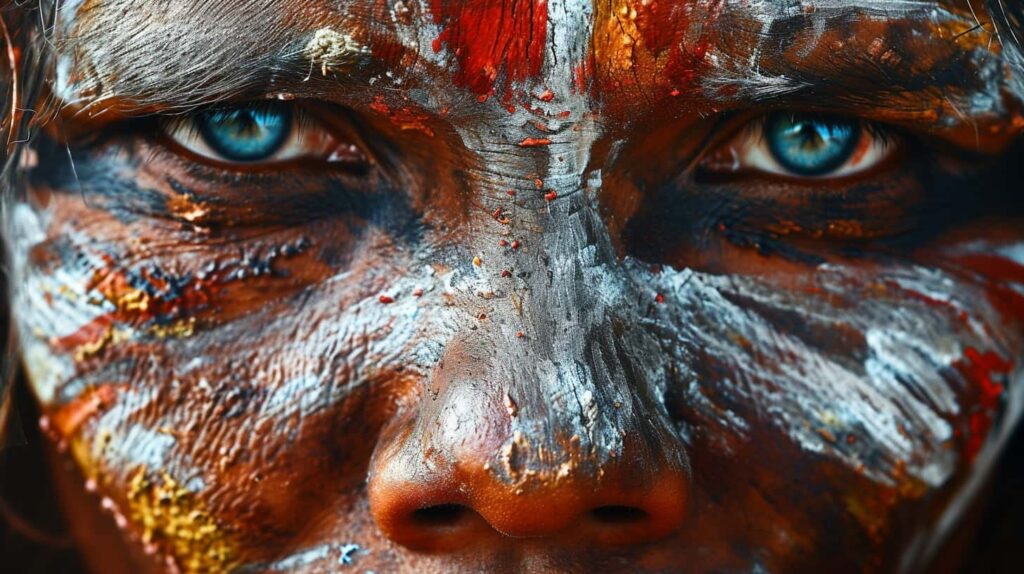
English Speaking Countries in Africa
English in Cameroon
In Cameroon, like many African countries, English is widely spoken. It’s one of the official languages due to historical colonial influence. This means that even though there are numerous ethnic groups with their own languages and dialects, English acts as a common language for communication among them.
Cameroon’s adoption of English as an official language can be traced back to its colonial history. The country was colonized by both the British and the French, resulting in a bilingual nation where both English and French are recognized as official languages. As a result, many Cameroonians speak fluent English alongside their local languages.
The prevalence of English in Cameroon has made it easier for us to communicate with locals during our travels. Whether we’re exploring the vibrant markets or interacting with different communities, having a basic understanding of English allows us to connect with people from various backgrounds.
Importance of Learning Local Languages
While English serves as a valuable tool for communication in countries like Cameroon, it’s also essential to recognize and appreciate the significance of local languages within these diverse nations. Despite the widespread use of English, many Cameroonian communities primarily converse in their native tongues.
By learning some basic phrases or words in local languages such as Fulfulde or Ewondo while visiting Cameroon, we not only show respect for the rich cultural heritage but also foster deeper connections with the locals. It demonstrates our genuine interest in understanding and embracing different cultures beyond just relying on a common language like English.
Embracing local languages enriches our travel experiences by allowing us to engage more meaningfully with indigenous communities. From exchanging pleasantries with villagers to participating in traditional ceremonies or rituals, making an effort to learn local dialects opens doors to authentic interactions that go beyond surface-level conversations conducted solely in English.
Majority Native English-Speaking Countries List
Concentration of Native English Speakers
The majority of native English speakers can be found in a handful of countries. The United States tops the list, boasting the highest number of native English speakers. Following closely behind is the United Kingdom, which also has a significant population of individuals who speak English as their first language. In these two countries alone, we can find a large concentration of people who are fluent in English.
. Down under, Australia also contributes to the global count with its own sizable population that speaks English natively. Even on the African continent, South Africa stands out as one of the nations where a significant portion of inhabitants are native English speakers.
Global Spread
Apart from these major players, there are smaller populations across various countries worldwide where people speak English as their first language. These include places like New Zealand and Ireland among others. It’s fascinating to see how this widely spoken language has made its way around the globe and become an integral part of different cultures and societies.
Our friends from Canada often share interesting stories about growing up surrounded by fellow native English speakers, giving us insight into another community that values and cherishes this shared linguistic heritage. Our Australian friends have provided us with glimpses into their unique cultural experiences shaped by being part of an environment where they communicate primarily in their mother tongue – English.
Official Languages and the Role of English
Importance of Official Languages
In many countries, official languages play a crucial role in governance, education, and public services. These languages are vital for communication between the government and its citizens. They help ensure that everyone can access essential information and participate fully in society. They preserve cultural identities and traditions.
Having multiple official languages allows people from diverse linguistic backgrounds to engage with their government effectively. It also reflects the country’s commitment to inclusivity and diversity. For example, Canada recognizes both English and French as its official languages to accommodate its Anglophone and Francophone populations.
The Significance of English as an Official Language
English has gained widespread recognition as an official language in numerous countries due to its global influence. As a result, it serves as a common medium for international relations, trade agreements, diplomacy, and tourism. Embracing English alongside native languages facilitates seamless interactions with other nations on the global stage.
Moreover, incorporating English into official proceedings enhances accessibility to information for non-native speakers within a country. This is particularly beneficial when conducting business transactions or participating in academic exchanges across borders. For instance, India acknowledges English as one of its official languages alongside Hindi at the national level.
Advantages of Bilingualism or Multilingualism with English
Embracing bilingualism or multilingualism involving English opens up broader opportunities for individuals on both local and international fronts. Proficiency in English enables individuals to pursue higher education abroad or seek employment opportunities globally without language barriers hindering their prospects.
Furthermore, being proficient in more than one language fosters cognitive flexibility by enhancing problem-solving skills while promoting cross-cultural understanding among communities worldwide. For example:
- A student fluent in Spanish who learns English gains access not only to educational resources but also wider career options.
- In South Africa where 11 official languages are recognized including Zulu & Xhosa along with Afrikaans & Englishto cater to diverse populations ensuring equal participation.
The Global Influence of the English Language
Influence in Popular Culture
English’s global influence extends to popular culture, literature, and media. We see this through the widespread consumption of English-language music, movies, and television shows. For example, consider the immense popularity of Hollywood films around the world. These cultural exports not only entertain but also serve as a gateway for non-native speakers to immerse themselves in the language.
The prevalence of English in popular culture has made it an essential tool for connecting with people from diverse linguistic backgrounds. This phenomenon is evident on social media platforms where users communicate primarily in English despite having different native languages. As a result, globish, or simplified forms of English tailored for international communication, has emerged as a lingua franca.
Language of Instruction
English’s dominance is further underscored by its status as a primary language of instruction in international schools and universities across the globe. Many prestigious educational institutions offer courses taught entirely in English to cater to their diverse student bodies hailing from various countries.
This trend reflects the recognition that proficiency in English opens doors to academic opportunities and facilitates access to a wealth of knowledge available predominantly in this language. For instance, renowned research papers are often published first or exclusively in English due to its widespread acceptance within scholarly circles.
Conclusion and the Future of English Communication
Advancing Technology
As technology continues to advance, online platforms and tools are playing a crucial role in facilitating the learning and practice of English worldwide. For example, various language learning apps provide interactive exercises, immersive experiences, and real-time feedback. These platforms offer a wide range of resources, including grammar lessons, vocabulary building exercises, and live conversation practice with native speakers. Video conferencing tools enable individuals to participate in virtual language exchange programs, connecting with native speakers from different parts of the world. As a result, individuals have more opportunities to immerse themselves in the English language and culture without physical limitations.
Furthermore, social media platforms and online communities create spaces for language learners to engage with native speakers and other learners. These platforms allow individuals to share their experiences, ask questions, and seek advice from a global community. By leveraging these technological advancements, individuals can enhance their proficiency in English while also embracing linguistic diversity.
Fostering Global Communication
Embracing linguistic diversity while promoting proficiency in English is essential for fostering effective global communication. As the English language continues to grow as a global lingua franca, it is crucial to recognize and celebrate the richness of linguistic diversity around the world. By acknowledging and respecting various languages and dialects, we can create an inclusive environment that encourages open dialogue and mutual understanding.
Moreover, proficiency in English enhances individuals’ ability to engage in international business transactions, academic collaborations, and cultural exchanges. It enables individuals from diverse linguistic backgrounds to communicate effectively on a global scale. When individuals are proficient in English while also valuing linguistic diversity, they contribute to creating a more interconnected and harmonious global community.
In summary, the future of English communication looks promising as technology facilitates widespread access to language learning resources and opportunities for interaction with native speakers. Embracing linguistic diversity while promoting proficiency in English can result in more effective global communication, fostering inclusivity and understanding across diverse cultures.
Frequently Asked Questions
What is the significance of learning English today?
Learning English today is crucial for global communication, career opportunities, and accessing a wealth of knowledge on the internet. It’s like having a universal key that unlocks doors to various cultures and industries worldwide.
Which countries are considered majority native English-speaking countries?
The majority native English-speaking countries include the United States, United Kingdom, Canada, Australia, Ireland, and New Zealand. These nations have English as their primary language and contribute significantly to global communication.
How has the history of English contributed to its spread across continents?
The historical influence of colonization, trade routes, and cultural exchange has facilitated the spread of the English language across continents. This rich tapestry of historical events has woven together diverse communities through a common means of communication.
What role does English play as a global lingua franca?
English serves as a bridge language for international communication among non-native speakers from different linguistic backgrounds. Similar to how air traffic controllers use standardized terminology for clear communication between pilots from various nationalities.
Why is it essential to define what constitutes a native English speaker?
Defining a native speaker helps in understanding variations in dialects and accents within different regions. It also aids in recognizing individuals who have acquired proficiency in speaking English at an early age due to upbringing or environment.
